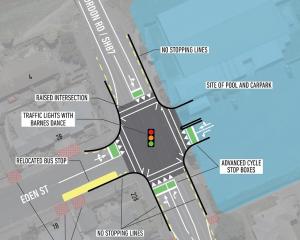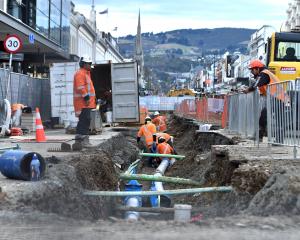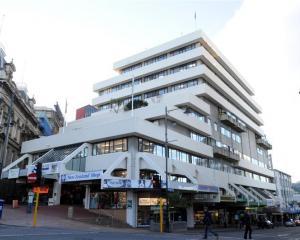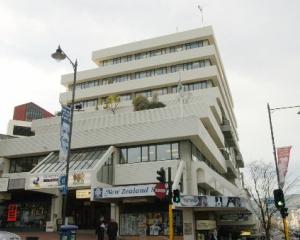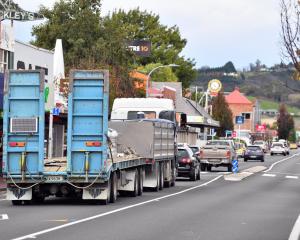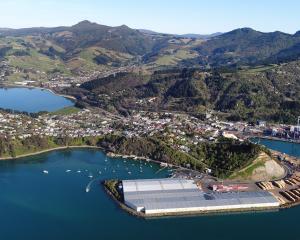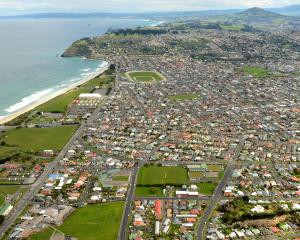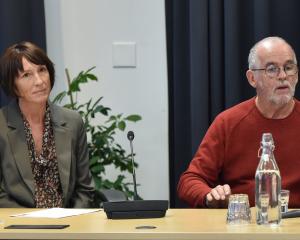To develop or not to develop. That is the question facing the Dunedin City Council later this year when it considers two separate bids to create subdivisions in the village of Outram.
Rural landowners are eyeing an opportunity for development and are seeking changes to the Dunedin District Plan, rezoning rural land for residential use.
If the bid is successful, it will create room for more than 50 extra homes on sections ranging in size from 1000sq m to 2000sq m.
Both bids have been considered by the DCC planning and environment committee and accepted for notification with plan process hearings expected later this year.
Outram has long been considered by "townies" as something of a country backwater, a quaint Sunday drive destination where you stop for an ice cream or fresh fruit and vegetables while the Taieri River and Outram Glen provide a relaxing spot to cool off on a hot summer day.
For others, Outram is simply a place to drive though en-route to Middlemarch and beyond.
But to the hundreds of people who live in the area - and many are second and third generation family members who have returned to reside in Outram - it is a hidden gem. Now, it seems, the secret is out.
The charm of Outram is obvious. Its river, walking tracks and country roads, which are ideal for cycling, give it an almost English village feel.
Consequently, homes offered for sale in the area are quickly snapped up, increasingly by families from "over the hill" in Dunedin looking for better weather and a more sedate lifestyle.
Vacant sections suitable for building a home are difficult to come by.
It seems the 50km-plus round trip to Dunedin for work no longer seems a hindrance with better roads and more efficient vehicles making the commute a pleasant experience.
The dairy industry boom has also attracted families to the Taieri Plain in search of work, adding more pressure to housing stocks.
But with demand comes opportunity. Both companies' applications argued rezoning was needed to meet demand for new houses in Outram, and said their plans represented a "logical extension" of residential development in Outram.
In reality, the amount of land to be developed is no longer sustainable as stand-alone farms or market gardens and fits naturally within the village boundary.
In the 2006 census, Outram had a population of 682 and 249 homes.
Those figures have increased since the last census. There is an excellent argument that another 50 homes will not be significant.
Local businesses, such as the store, hotel, cafes and craft shops, as well as the thriving Outram School, would naturally welcome more residents.
Tradesman and contractors within the area are also likely to benefit from any development opportunities.
However, there are fears the expansion of villages like Outram heighten the risk of spoiling all that makes the area so special.
While neither subdivision is huge, the creation of any additional housing inevitably puts pressure on infrastructure, particularly in a small village. There will be more demands on water supplies, and stormwater systems.
More septic tanks will be required and, while tank technology has improved significantly in recent years, they inevitably impact in some way on the environment.
These are factors the DCC must consider but should not be reason enough to reject the applications.
Any concerns can likely be remedied with appropriate consent requirements.
In many ways, the council has already paved the way for future developments, such as those proposed in Outram, with the release last October of its spatial plan, a planning vision for the city.
The draft document, which is now being "tweaked" after public consultation, identified future housing as a key issue for the city as planners look at ways to deal with an expected extra 7600 residential units needed in the city by 2031.
Provided the Outram subdivisions adhere to planning and environment guidelines set out by council, there is no reason the plan changes should not be approved, and the village still be able to retain its rural charm.


